Skywatchers, get ready! On the night of March 14-15, 2025, a total lunar eclipse will grace the skies, offering a breathtaking celestial spectacle. For approximately 65 minutes, the Moon will transition from its usual bright white glow to a dramatic deep red or brown hue, creating a mesmerizing sight known as the Blood Moon.
If you’re fascinated by astronomy or simply love witnessing nature’s wonders, this is an event you won’t want to miss. Whether you’re planning to observe it with the naked eye, through a telescope, or capture stunning photographs, this guide will provide all the essential details you need.
What Is a Total Lunar Eclipse?

A total lunar eclipse occurs when the Earth comes directly between the Sun and the Moon, casting a shadow that completely covers the Moon. Unlike a solar eclipse, which requires protective eyewear, a lunar eclipse is perfectly safe to view with the naked eye.
During this event, the Earth’s atmosphere filters sunlight, allowing only longer-wavelength red and orange light to reach the Moon. This is what gives the Moon its eerie red or brown appearance, often referred to as a Blood Moon.
When and Where Can You See It?
The total lunar eclipse will be visible from various parts of the world, but some regions will experience a better view than others. Here’s what you need to know:
- Best viewing locations: North America, South America, parts of Europe, and western Africa will get the best views of the full eclipse.
- Partial visibility: Some areas in Asia and eastern Africa will see only a partial eclipse.
- Total eclipse duration: Approximately 65 minutes of complete totality.
- Eclipse phases: The entire event, from the penumbral phase to the total eclipse and back, will last about three hours.
Video : Total Lunar Eclipse 2025: Will the Stunning Blood Moon Grace Your Skies?
If you’re in an area where visibility is limited due to weather conditions or location, don’t worry! Many astronomy organizations and space agencies will offer live-streams of the event.
What Causes the Blood Moon Effect?
One of the most fascinating aspects of a total lunar eclipse is the Blood Moon phenomenon. But why does the Moon turn red instead of disappearing completely?
This happens due to a process called Rayleigh scattering, the same mechanism responsible for red sunsets and sunrises. When the Earth blocks direct sunlight from reaching the Moon, some of the Sun’s light bends through the Earth’s atmosphere. The shorter wavelengths (blue and violet) scatter, while the longer red and orange wavelengths pass through and illuminate the Moon.
Depending on atmospheric conditions, the Moon can appear in shades ranging from deep red to copper or brown. If there are dust or volcanic particles in the atmosphere, the eclipse could take on an even darker hue.
How to Watch the Total Lunar Eclipse
Viewing a total lunar eclipse is easy and requires no special equipment. However, for the best experience, consider these tips:
- Find a dark location: The farther you are from city lights, the clearer your view will be.
- Check the weather: Cloudy skies can block your view, so make sure to check local forecasts.
- Use binoculars or a telescope: While the eclipse is visible to the naked eye, magnification enhances details like craters and surface textures.
- Capture the moment: If you love photography, use a DSLR camera with a tripod to get sharp images of the Moon’s color changes.
- Bring friends and family: Viewing an eclipse is a magical experience—share it with others!
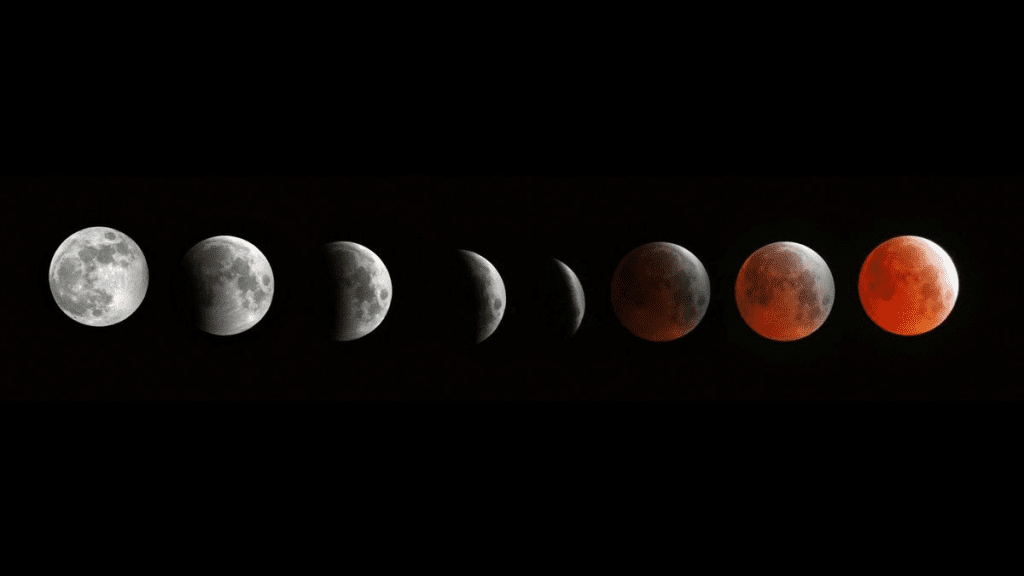
Why This Lunar Eclipse Is Special
Not all lunar eclipses are created equal. Some are penumbral (where the Moon only passes through Earth’s outer shadow), while others are partial (where only part of the Moon is covered).
However, this event on March 14-15, 2025, is a total lunar eclipse, meaning the Moon will be completely engulfed by Earth’s shadow, creating an intense and dramatic visual effect.
Additionally, this eclipse comes at a time when interest in space and astronomy is at an all-time high, with upcoming missions to the Moon and Mars capturing global attention.
The Cultural and Historical Significance of Lunar Eclipses
Throughout history, lunar eclipses have been seen as mystical and sometimes ominous events. In ancient civilizations:
- The Incas believed a lunar eclipse occurred when a jaguar attacked the Moon.
- The Chinese thought a giant celestial dragon was devouring the Moon and would make loud noises to scare it away.
- Many Native American tribes viewed the event as a sign of change or transformation.
Today, lunar eclipses are understood scientifically, but they still inspire a sense of wonder and curiosity.
Video : Total Lunar Eclipse Blood Moon 14 March 2025 Your Horoscope with Gregory Scott
The Next Total Lunar Eclipses After March 2025
If you miss this one, don’t worry—there are more lunar eclipses coming in the future. The next total lunar eclipses will occur on:
- March 3, 2026
- December 31, 2028
- December 20, 2029
However, the March 2025 eclipse will be one of the longest and most visible in recent years, making it a must-watch event.
Final Thoughts: Don’t Miss This Celestial Event!
The March 14-15, 2025, total lunar eclipse is a rare and breathtaking natural event that reminds us of the beauty of our universe. Whether you’re an astronomy enthusiast or just someone who enjoys witnessing celestial wonders, this is an opportunity you won’t want to miss.
Mark your calendars, find a good viewing spot, and prepare to watch the Moon turn a stunning shade of red as it aligns perfectly with the Earth and Sun.
Are you excited for the eclipse? Share your thoughts in the comments and let us know where you’ll be watching from! Also, don’t forget to share this article with fellow space lovers so they can witness this incredible event, too.
Grace Kelly’s granddaughter is all grown up and looks exactly like her
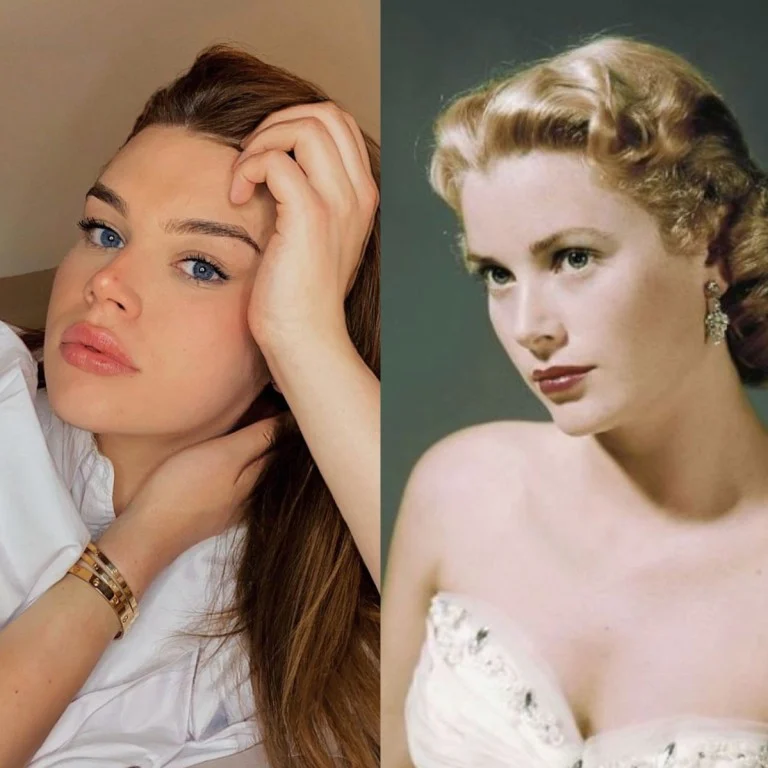

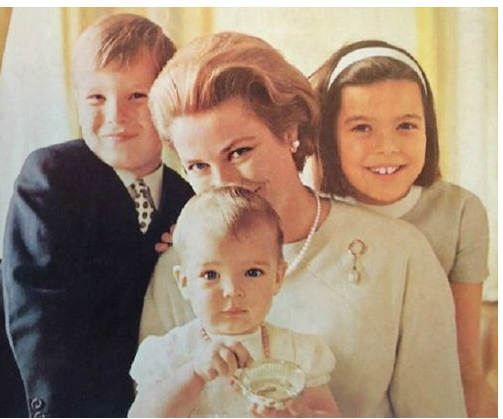
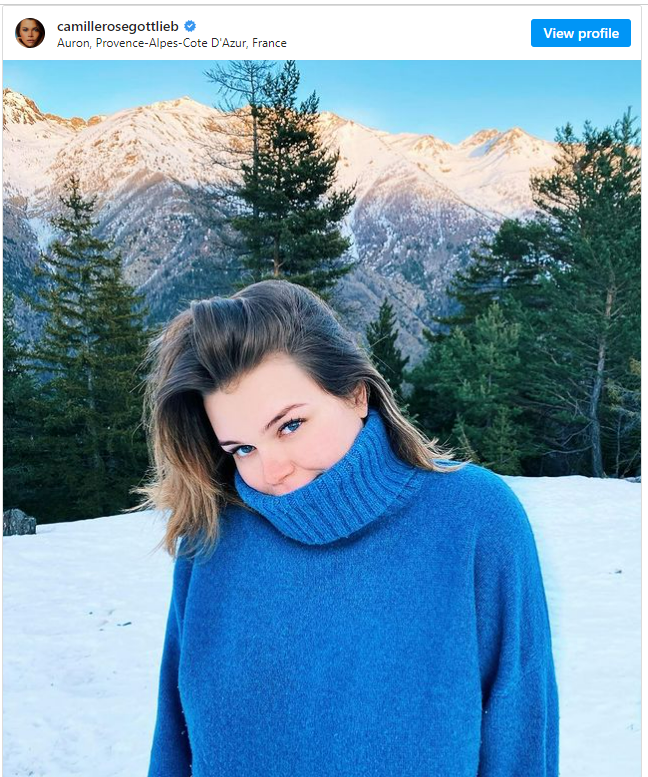

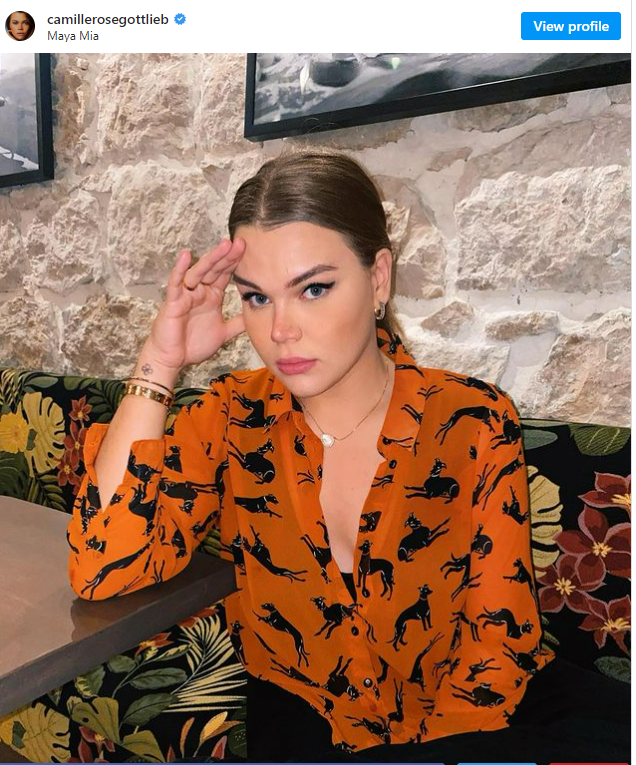
A well-known actor and princess of Monaco The well-known Grace Kelly grandchild is an adult who shares traits with her well-known grandmother.
Despite having a brief six-year career, Hollywood movie stars of the 1950s were often featured in motion pictures.
At the age of 20, Grace Kelly, one of Hollywood’s most sought-after actors, made her stage debut in New York City plays.
Then she began a busy TV career during the Golden Age of Television. While every actress of that era exuded elegance, poise, and beauty, Grace Kelly was perhaps the most beautiful.
The actress, who was born in Philadelphia and personified elegance and flair, acted in several movies between 1952 and 1956. Among them was the adventure romance Mogambo, which starred Clark Gable and Ava Gardner and earned her a Golden Globe for best supporting actress.
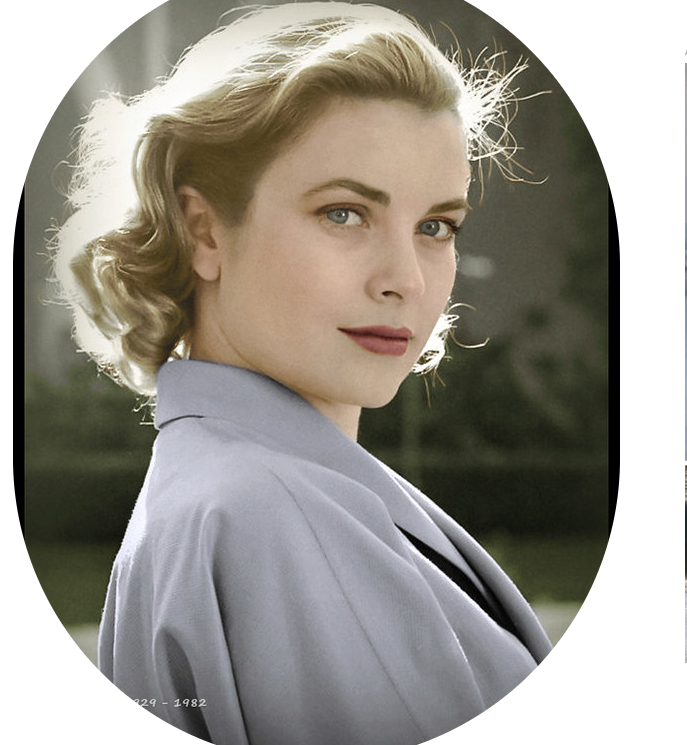
The next year, she costarred with Bing Crosby in The Country Girl, for which she received an Academy Award nomination for Best Supporting Actress.
She performed in 11 films in just five years, including the comedy musical High Society, in which she costarred with Bing Crosby and Frank Sinatra, and the three Alfred Hitchcock thrillers Dial M for Murder, Rear Window, and To Catch a Thief, which she costarred in with Cary Grant.
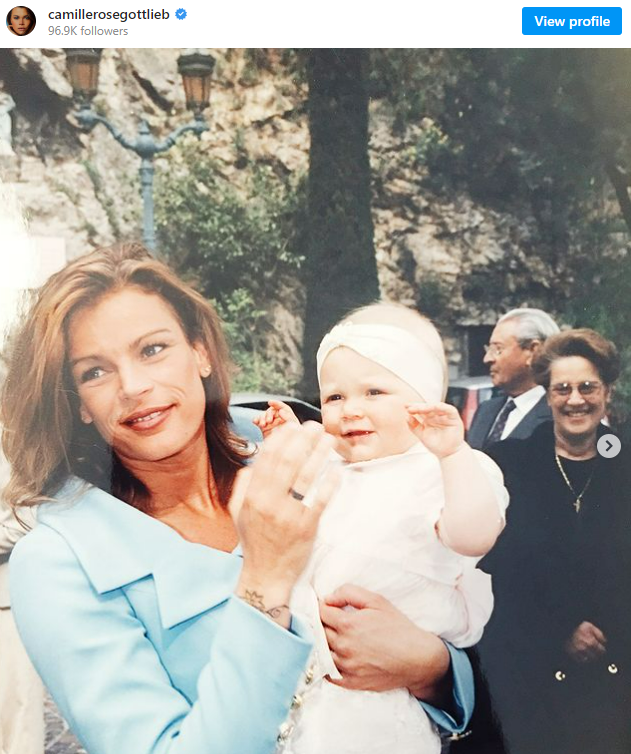
However, the well-known actress stepped away from the public eye at the age of 26 to marry Prince Rainier III and become the Princess of Monaco.
In just six years, this popular actress produced eleven successful motion pictures, won two Golden Globes, an Academy Award, and married a wealthy man.
She could not stay in show business after marrying into such a well-known royal family member. Rather, she focused on her humanitarian endeavors and gave birth to three children: Princess Stéphanie, Prince of Monaco, Albert II, Princess of Hanover, and Caroline.
Sadly, Grace Kelly suffered a stroke, lost control of her vehicle, and died in an accident.
Mom youngest daughter, Stephanie, who was thankfully still alive and in the car with mom at the time, was seventeen years old. Kelly was 52 years old when she died.
Her three children together had eleven children, all of whom seemed to have inherited their elegant and graceful grandmother.
One of her youngest grandkids, 24-year-old Camille Gottlieb, is the daughter of Princess Stephanie of Monaco, the youngest child of Grace Kelly and Jean-Raymond Gottlieb.
The inhabitant of Monaco has two older half-siblings, Pauline Ducruet being the most strikingly akin to her gorgeous grandmother.
Nonetheless, Camille is clearly related to her grandmother because of her piercing blue eyes, blonde hair, and red lipstick.
She is not qualified for the Monegasque kingdom, according to Town & Country magazine, since her parents were not married when she was born and her father’s name was kept a secret for a while.
Camille has almost 95,000 followers on Instagram, where she regularly posts selfies of herself looking like her well-known grandmother.
It’s unfortunate that Grace Kelly couldn’t have survived, because she would have been extremely pleased of her magnificent family’s development.

Kindly distribute to any fan of Grace Kelly you are aware of.
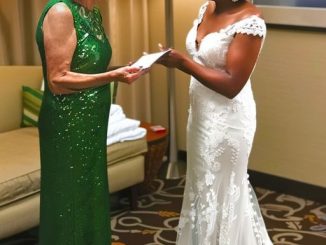
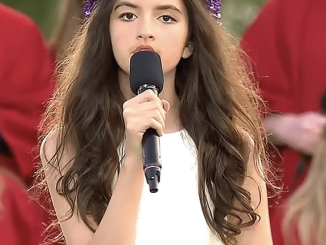

Leave a Reply